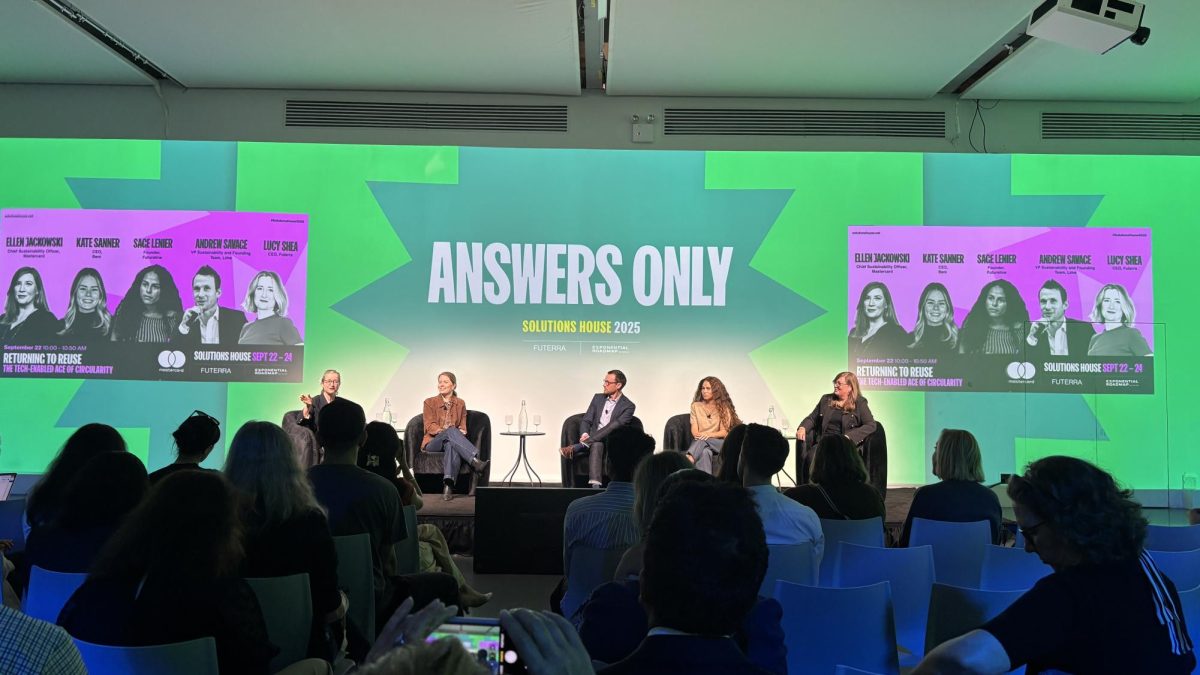After the 19.78 percent correction in the last two months of 2018, the stock market has turned itself around with its performance in the first quarter of 2019.
The S&P 500 recorded its best January performance in history and its year-to-date return stands at 11.26 percent.
The correction that ensued near the end of 2018 was caused by a slew of worries. Investors’ fears over the hawkish tone of Federal Reserve’s monetary policy, escalating trade tensions with China, synchronized global economic slowdown and concerns over a potential earnings recession in 2019.
The market regained much of what it lost during the correction in part due to better than expected earnings reports and sudden change in tone of Federal Reserve Chair Jerome Powell during his latest press conference where he backed off from running the balance sheet normalization on autopilot.
Even though President Donald Trump recently announced that he is postponing the additional tariff hike by 60 days, the threat of unresolved trade policies still looms.
At 17.71 percent, Industrials, or XLI, is the best performing sector. Boeing is the biggest contributor with stock up 22.05 percent after a record fourth quarter earnings.
It beat EPS estimates by 19.9 percent on the back of a $28.30 billion revenue and raised expectations for airplane sales to 905, up from 806 last year.
This signals strong growth for air travel, despite the world bank cutting its 2019 growth forecast due to trade tensions and currency woes.
Railroads have also been performing well. CSX, NSC and UNP added a total of 2.3 percent of XLI’s YTD gains. Although railroads had incredible gains for 2019, they fared poorly in the last quarter of 2018, due to tensions between China and the United States.
However, recent data shows that rail traffic has held up well, with carloads up 1.7 percent from January 2018 and intermodal originations up 1.1 percent showing continued strength in the industry. All three companies have beat quarter four EPS and revenue expectations.
The technology sector, XLK, is up 13.90 percent with the biggest contribution coming from Microsoft, which reported 76 percent growth in service segment Azure. In the process, Microsoft took over the crown for most valuable publicly traded company on market capitalization basis, at $856.1 billion.
Two other big contributors were the payment processors, Mastercard and Visa, adding a total of 1.36 percent to XLK. Mastercard reported a gross dollar volume of $1.55 trillion — an increase of 14 percent year over year — and Visa reporting a similar outcome with an increase of 11 percent in payment volume.
Financials, XLF, underperformed the overall market in 2018 and continues to do so, posting only 10.16 percent YTD. Worries about raising interest rates has plagued the industry but the fundamentals are still strong.
Bank of America reported strong fourth quarter earnings with a 52 percent increase in consumer banking net income and 42 percent increase in global wealth and investment management. Recently, BB&T announced that it will merge with SunTrust Banks for a $28.2 billion in an all stock deal to create the sixth largest bank in the United States by deposits.
The two Banks were having a difficult time competing with larger banks and also wanted to consolidate their tech spending, which they desperately need in order to serve their customer and compete against big national banks.
The merger is expected to be completed by Q4 2019 and is expected to create an annual cost savings of $1.6 billion by 2022.
Energy, XLE, is up 12.45 percent for 2019 with Exon Mobile, Chevro and Phillips 66 adding a total value of 6.16 percent to XLE. These increases are backed by an increased refining margins and production.
Consumer Staples, XLY posted a total of 11.38 percent in gains for 2019, backed by Amazon and home improvement retailers like Home Depot and Lowes.
Amazon has only had a return of 8.72 percent this year, but due to its weighting in the ETF — 21.54 percent — it has added by far the most value to XLY with 1.93 percent.
Much like Microsoft, the most impressive number was the cloud service performance, which is up 46 percent year over year and brought in $7.92 billion in revenue.
After stellar performance in 2018, Healthcare has lagged behind the market, only posting 8.63 percent YTD. The company with the largest attribution to XLV is Johnson and Johnson with 6.58 percent.
In recent news, General Electric has agreed to sell its healthcare business to the Danaher Corporation in a $21 billion all-cash deal. Some analysts believe that DHR’s organic growth will increase from 4 percent to 6 percent due to this acquisition that will be completed in fourth quarter 2019.
Danaher is funding the acquisition with an offering of $1.35 billion worth of common stock and an additional $1.35 billion of Series A Mandatory Convertible Preferred Stock.








